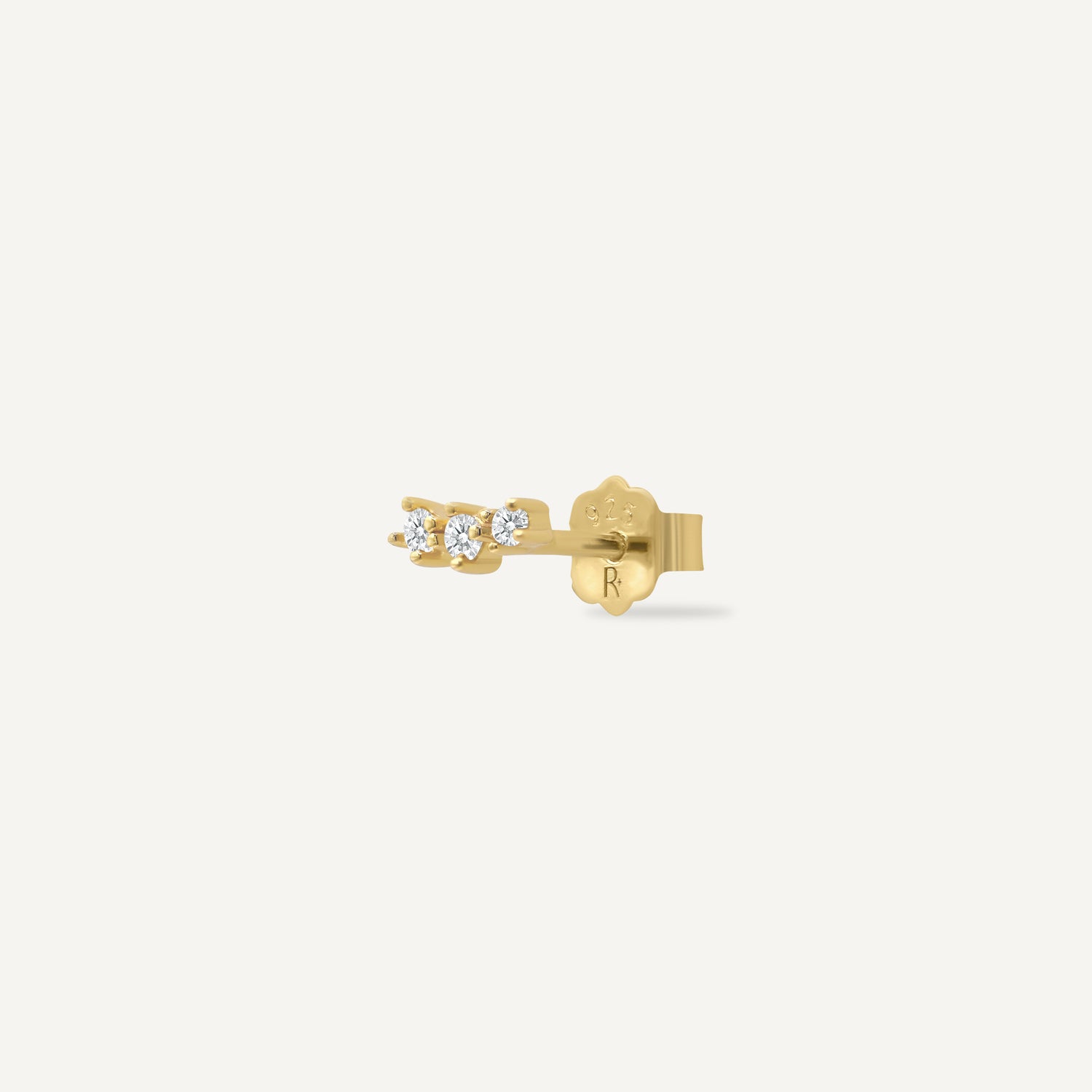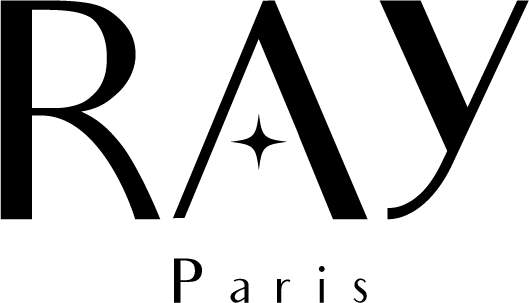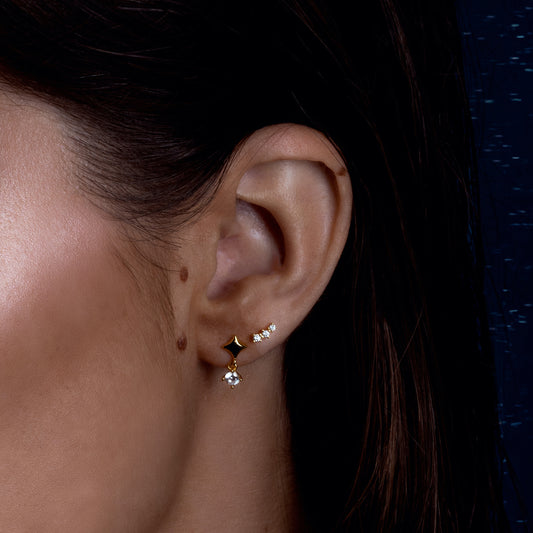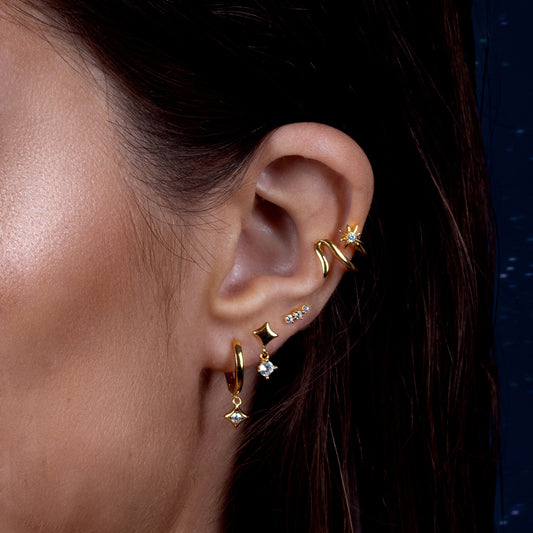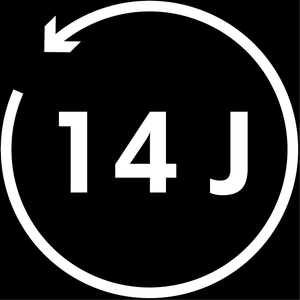HOW TO TAKE CARE OF YOUR PIERCING POST-PIERCING
Each type of piercing has a different healing time. Generally, an earlobe piercing can heal in 2 to 4 months, while cartilage piercings can take 6 to 12 months.
It is therefore important to be patient and respect this process, because even if the area appears healed on the surface, the inside may still be healing.
1. CLEAN YOUR NEW PIERCING
Cleaning is key to piercing care to promote fast healing and keep your ear healthy to avoid infection or irritation. Here's the routine to follow:
Initially, this cleaning should be carried out twice a day for 1 week.
But then how do you clean your ear piercing?
• Wash your hands with soap and water.
• Use a sterile compress soaked in physiological serum or pH-neutral soap and rinse with clean water.
*It is not recommended to use cotton swabs or cotton balls to clean a piercing, as they leave fibers that can snag and cause irritation or infection. In addition, excessive rubbing irritates the pierced area, and these materials absorb too much of the cleaning solution, making it less effective. It is best to use sterile, fiber-free swabs or specific piercing sprays to ensure optimal and safe cleaning.
2. AVOID HARSH PRODUCTS
Excessive cleaning or the use of harsh products like hydrogen peroxide and antiseptics can cause irritation, dry out the skin, and delay the healing of a piercing. These products destroy the cells needed for healing, disrupting the skin's natural balance. In the absence of these good bacteria, bad bacteria can proliferate and cause inflammation, keloids, or infections.
*Antiseptics should only be used if there is a known infection. Signs of infection include sudden swelling, severe pain, warmth, throbbing, or purulent oozing. Use a disinfectant only if these symptoms occur; otherwise, use gentle solutions for daily cleaning.
3. GESTURES TO ABSOLUTELY AVOID
It's important not to touch or twist your piercing during the healing phase. Handling the jewelry increases the risk of infection and tissue irritation, slowing healing and causing microtrauma, which damages new tissue.
- Handling the piercing with dirty hands is one of the main causes of infections, introducing bacteria.
- Avoid wearing earphones in a newly pierced ear, especially for piercings like the tragus, daith, rook, or conch. These areas come into direct contact with objects that often carry germs and bacteria.
- During the healing phase, it is normal for scabs to form around the piercing. It is important not to pick them off; they will disappear naturally over time.
In short, the less you handle and expose your piercing to objects, the better it will heal.
4. BE PATIENT BEFORE CHANGING YOUR JEWELRY
Even if your ear piercing appears healed after a few weeks, it's important not to change your jewelry too soon. This could irritate the area or cause infection. Always wait until healing is complete before considering changing your jewelry.
Although most piercings heal without problems, it is important to carefully monitor the healing process. Here are some signs that require special attention:
- Infection : If you notice yellow or green discharge, severe pain, persistent redness, or warmth around the pierced area, it could be an infection. Consult a piercer or healthcare professional for advice and proper treatment.
- Keloid Formation : Some people are prone to keloids, which are raised scars. If you notice a bump around the piercing, consult a professional to prevent it from growing further.
- Abnormal pain or swelling : If you experience persistent pain or unusual swelling even after several days, do not delay in consulting your piercer.
